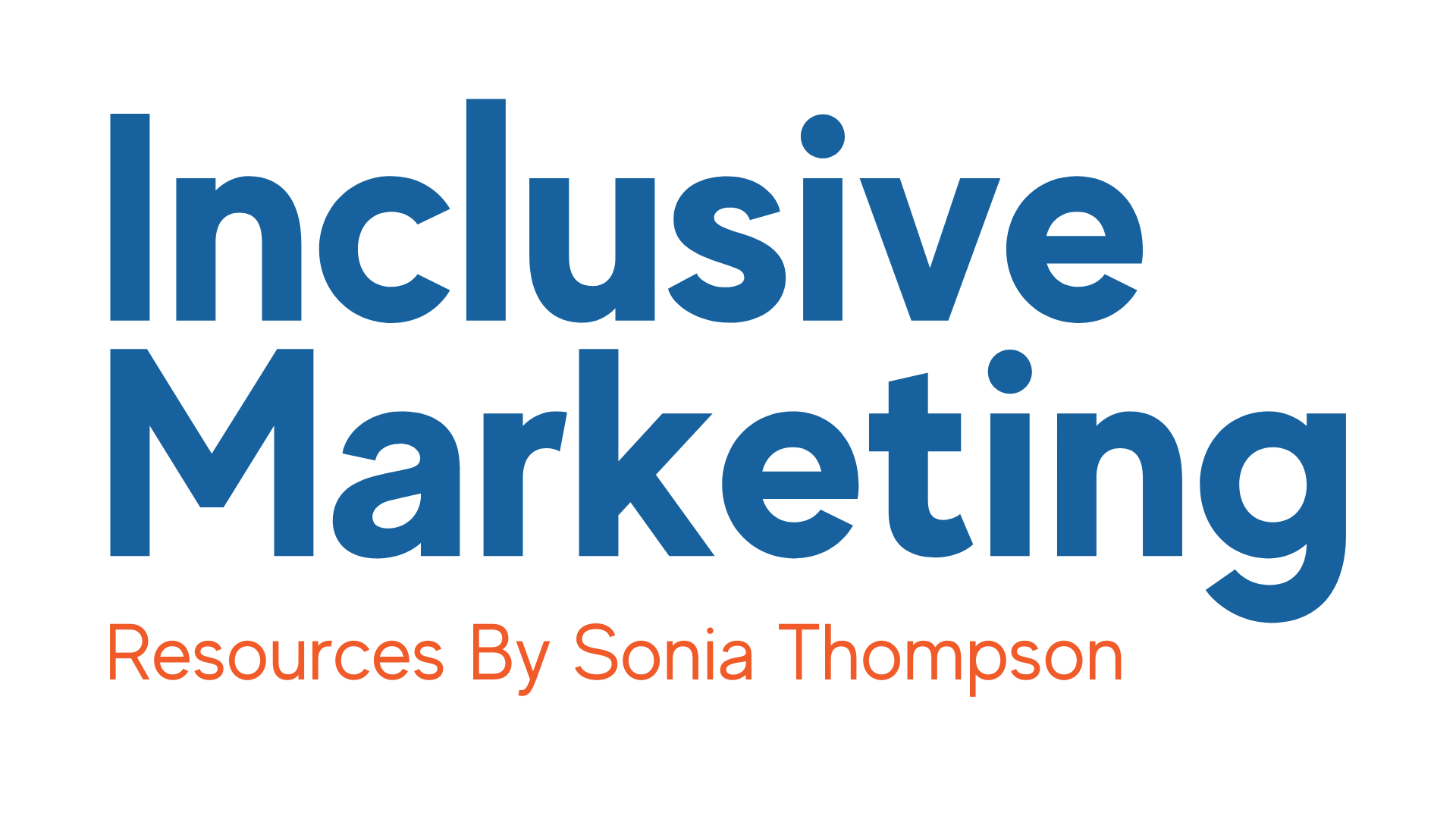Listen on Apple Podcasts | Spotify | Transcript
Representation matters.
We know this. Most people get it.
And thankfully, more and more brands are doing a better job of being representative in their marketing.
Even though we know representation matters, not all representation is created equal.
This is especially important because representation is often the on-ramp for many brands getting started with inclusive marketing.
Back in 2021, I conducted the inaugural Representation in Marketing study, where 1,000 consumers shared their thoughts about it.
A lot has changed since 2021, so I thought I’d do an update to that study, to see where consumers’ heads are at.
For this research, I used Suzy’s consumer insights platform again, gathering insights from 1,000 participants aged 16-70.
How consumers really feel about representation in marketing
The first question on the list was “How important is representation in marketing to you for the brands you engage with and buy from.”
76% of consumers said it was important to them. That’s up 2% from the 2021 study.
Of note, 26% of consumers – that’s 1 in 4 people- said representation in marketing is “extremely” important to them.
The key takeaway from you here: Representation matters to most consumers. The people you serve want you to take the time to see them. Period.
Representation matters the most in these areas
Now, representation is super broad, because there are so many ways consumers are and can be different.
So I asked people, “what areas are most important for you to see yourself represented,” and I gave them 10 different opinions in terms of dimensions of diversity to choose from.
At least 6 of those 10 options had at least 25% of respondents say it was important to them.
Here’s the percentages for those top 6:
- Age – 59%
- Gender – 47%
- Body Type – 39%
- Hair Texture & Type – 38%
- Marital Status – 25%
- Race & Ethnicity – 25%
One area that was super close to the others mentioned above was “Skin Color & Complexion,” which 24% of people said was important from a representation standpoint.
The other dimensions of diversity people had options to choose from (and just so you know how the question worked, respondents were able to choose which 3 were most important to them).
- Skin Color & Complexion – 24%
- Religion – 19%
- Sexual orientation – 16%
- Disability – 6%
The takeaway: Consumers hold more than one identity. As such, representation matters to them in various areas of their identity.
It’s important to understand intersectionality and incorporate that into your approach to representation for your brand.
Consumers don’t compartmentalize their identities the way we might think about it from a marketing standpoint.
How brands perform with representation in marketing for different dimensions
The next thing I wanted to explore with the survey was to find out how people thought brands were doing in terms of different dimensions of diversity, from a representation standpoint.
Overall, most consumers ranked brands doing extremely well and somewhat well – for most dimensions.
But there were two outliers, where consumers across the board felt like brands could do a much better job.
In particular, for Disability representation, only 45% of consumers felt like brands were doing a good job – and 37% of consumers were clear that brands aren’t doing a good job here.
The other one that stood out was in terms of religion. 53% of respondents felt brands did a good job, and 29% felt like brands had a lot of work to do.
The takeaway for you: Intersectionality is important.
It’s important to ensure you’re doing well from a representation standpoint for all the dimensions of diversity you have chosen to serve.
How consumers respond to representation in marketing (or not)
These next two questions, I always love to see the contrast in the responses.
The first question: What do you do when you don’t see yourself represented?
52% of respondents said, they still buy from or engage with the brand. While 37% said they don’t buy from or engage with the brand.
The question right after that said: What do you do when you do see yourself represented?
81% of people said they buy from or engage with the brand.
The key takeaway: Because representation matters, it induces a positive response from consumers.
Too often, consumers, particularly those from underrepresented and underserved communities, have grown accustomed to not being represented, so they do what they have to do to get their needs met.
But when they do see themselves represented, they take notice.
It has a positive impact, and they are more likely to end up buying. Sometimes they buy, if for no other reason than for a brand taking the time to see them.
The formats where representation is most important
The next question – “in what formats is adequate representation most important to you?”
- Photography & Videography – 58%
- Featured Content & Storylines – 52%
- Testimonials – 51%
- Brand Staff & Leadership (internal) – 46%
- Influencers & Spokespersons – 41%
- Speakers, Featured Guests, Experts, & Trainers – 33%
- Paid talent – 18%
I want to lean in here on three areas: featured content, testimonials, and brand staff and leadership.
Featured content: Too often, representation is tokenistic, and that’s no good.
People from underrepresented and underserved communities need main character energy from you.
A lot of the verbatims which I’ll walk you through next week (because there is A LOT) to unpack there and I want to cover the themes of what people had to say more in depth – but so much of it centered around the theme of representation too often being superficial and like brands are checking a box.
Featuring people from underrepresented and underserved communities is a smart way to ensure your representation is done the right way, and has the impact on people that you want it to.
Testimonials – people need to know “will this product work for someone like me.”
The best way to answer that question is to have “someone like me” talking about the success they had with your product.
Better – if there are plenty of “someone like me’s” – featured in your testimonials. It shows you have a track record of helping “people like me.”
Internal representation – Consumers are tired of representation from brands in marketing only.
They said this in the 2021 study as well.
Representation is most felt to be authentic when a brand’s internal teams are representative of both the customers and the people they include in their marketing.
How authentic current brand representation is
The last question in the survey before getting to the open-ended responses, was about how authentic consumers felt brand representation efforts were for different dimensions of diversity.
The outliers, where consumers felt brands were too “superficial or stereotypical” were for:
- Body Type – 35%
- Sexual Orientation – 32%
And the biggest outlier for people who thought brands representation of a particular dimension was “inaccurate” for Disability, with 17% feeling that way.
Key takeaway: All representation isn’t created equal. Not doing representation the right way can sometimes do more harm than good.
Take the time to get it right by leaning into best practices that help tremendously when in producing work that is authentic and effective in moving the people you want to serve forward with you.
- Invest in ensuring your team has culturally intelligent insights and a deep degree of intimacy with the people you want to serve
- Build a team that is representative of the people you want to engage
- Co-create with people who are parts of the communities you want to serve
Consumers have a lot of strong opinions when it comes to representation.
Doing it well definitely isn’t a check-the-box type of exercise.
Representation matters now more than ever for your brand. Make it your business to do representation in marketing the right way.
Your customers are expecting it from you.




